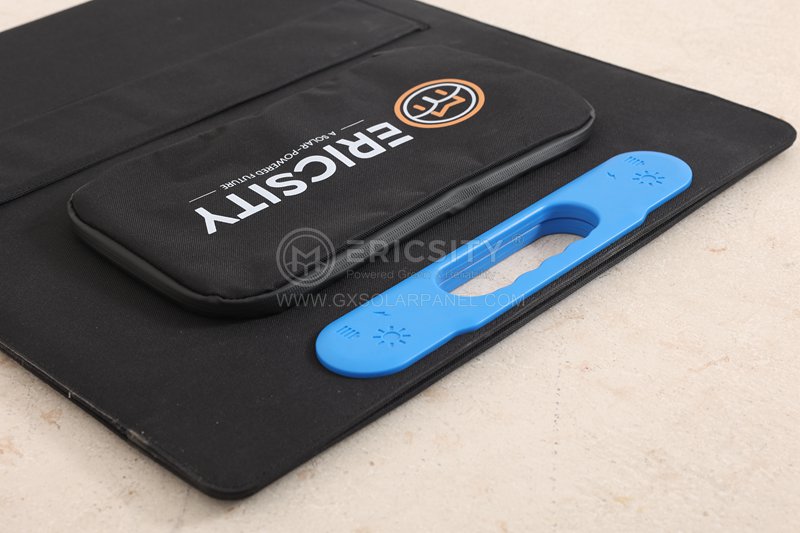HOT PRODUCT
Product Details
Financing Solar: Options For Managing Commercial Solar Panel Costs
Title: Financing Solar: Options for Managing Commercial Solar Panel Costs
Introduction (100 words)
Solar power has emerged as a sustainable and cost-effective solution for meeting energy needs while reducing carbon footprints. While many businesses strive to adopt commercial solar panels, the high upfront costs often deter their efforts. However, various financing options are available to manage these expenses, making solar panel installations more accessible than ever. This article will explore some key strategies and options for businesses to finance their commercial solar projects.
1. Power Purchase Agreements (PPAs) (150 words)
Power Purchase Agreements (PPAs) are popular financing options for commercial solar installations. With a PPA, a third-party solar provider owns and maintains the solar panels on a company’s premises. The business then purchases the solar power produced by the panels at a predetermined rate over a specified period. This allows businesses to benefit from solar energy without having to make any upfront investment or bear the maintenance costs. PPAs typically have long-term contracts, usually ranging from 10 to 25 years, providing businesses with consistent renewable energy at a stable price.
2. Solar Leases (150 words)
Similar to PPAs, solar leases involve a third-party solar provider installing, owning, and maintaining the solar panels on a business’s property. However, instead of purchasing the generated power, the business leases the panels at a fixed monthly rate. While the business does not own the panels, it still benefits from the electricity generated. Solar leases often have shorter terms compared to PPAs and offer businesses the flexibility to upgrade or expand their system at a later stage.

3. Solar Loans (150 words)
For businesses seeking to own their commercial solar panels outright, solar loans are a viable financing option. Solar loans allow organizations to borrow funds to cover the upfront costs of installing the solar panels, which are then repaid over time. These loans can be obtained from various sources, including traditional banks, credit unions, or specialized solar financing institutions. Solar loans typically have competitive interest rates and flexible repayment options, making them a popular choice for businesses aiming to maximize long-term savings and energy independence.


4. Government and Utility Incentives (150 words)
Many governmental bodies and utility companies offer incentives and rebate programs to encourage businesses to adopt solar energy. These incentives reduce the overall cost of commercial solar panel installations and make them more financially appealing. Examples of these incentives include federal tax credits, grants, state rebates, and net metering programs, where businesses can sell excess solar energy back to the grid. Taking advantage of these programs can significantly offset the initial investment, making solar energy an even more attractive option for businesses.
Conclusion (100 words)
The high upfront costs of commercial solar panel installations no longer have to be a deterrent for businesses looking to embrace renewable energy. Power Purchase Agreements, solar leases, and solar loans provide flexible financing options that reduce the financial burden while allowing businesses to benefit from solar energy. Additionally, government and utility incentives further enhance the financial viability of going solar. By exploring these financing options and leveraging available incentives, businesses can take a crucial step towards sustainable practices, reduce their reliance on traditional energy sources, and contribute positively to the environment.




